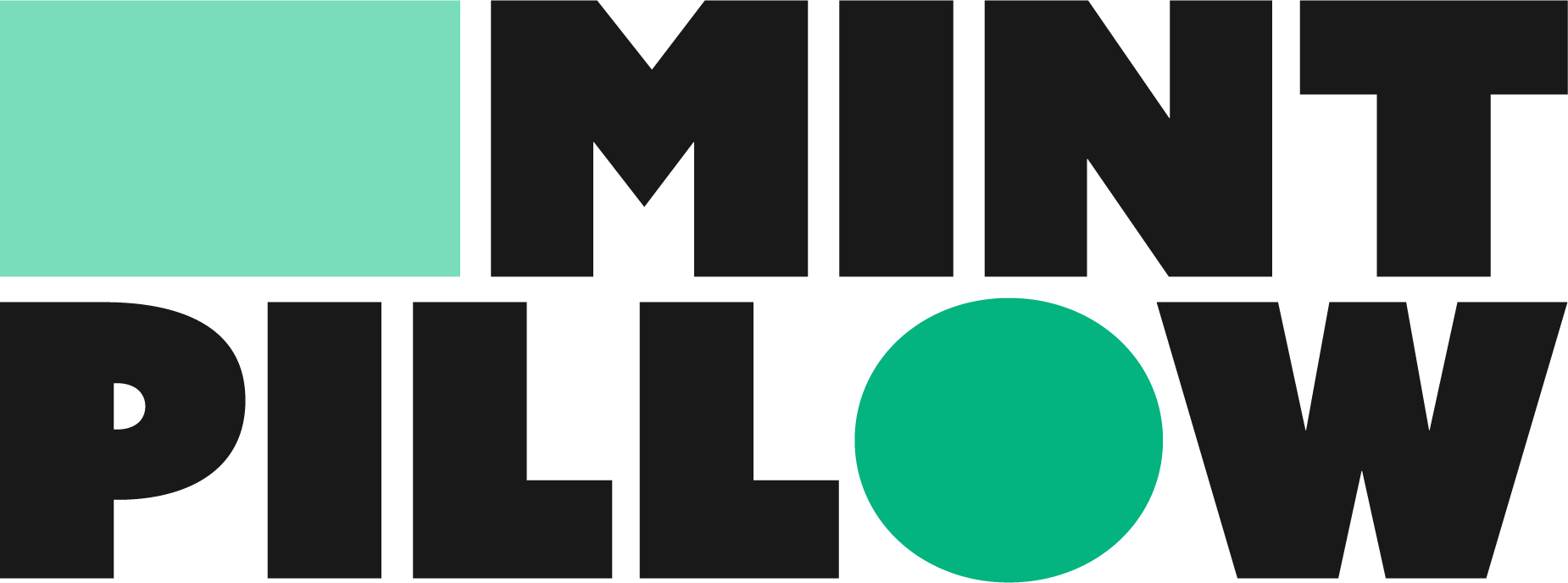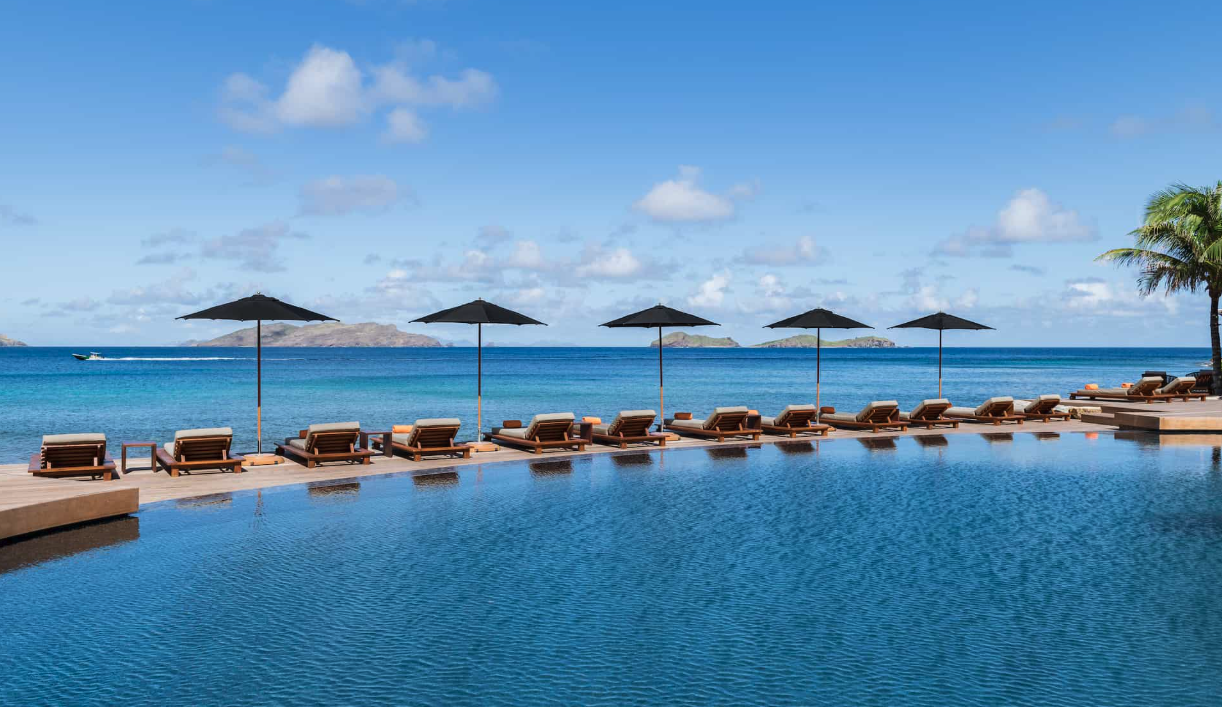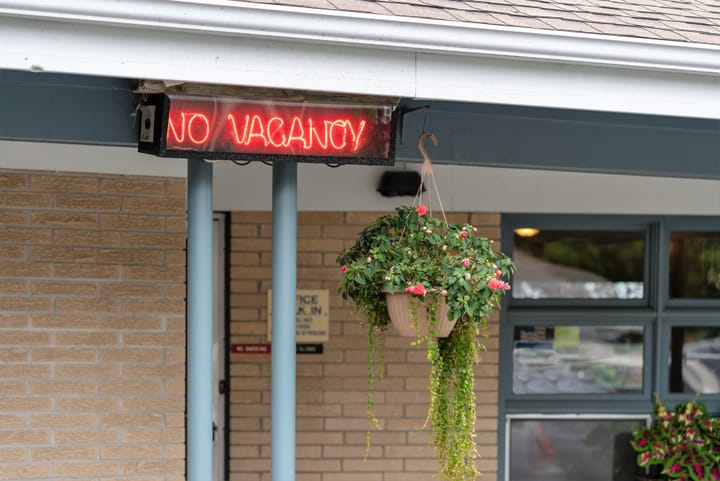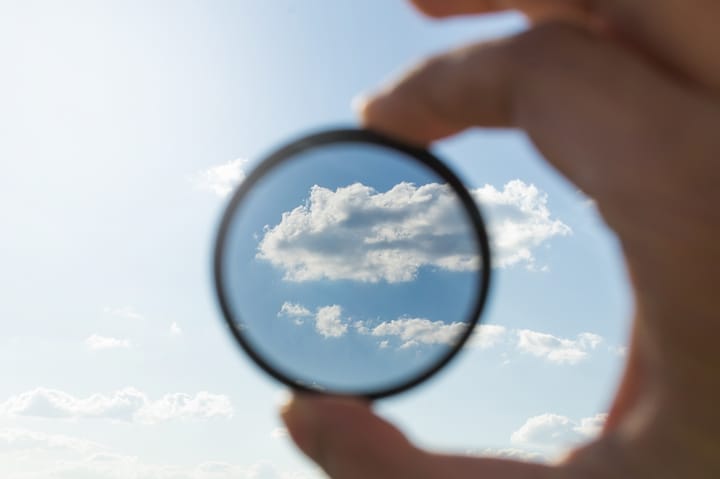Plus: Meet the new wave of women redefining independent hotels
Heads up, hotel insiders: Leisure travel may be slowing, but urban groups and corporate travelers are back in a big way. This is your chance to pivot—and if your old-school systems feel like a straitjacket, don’t panic. You can finesse a fix without dropping a fortune.
Meanwhile, the smartest properties know that salespeople building their own pipeline aren’t a luxury; they’re a lifeline. This issue is all about staying nimble, keeping workflows tight and making sure your hotel runs like a well-oiled machine, even when the market throws a curveball.
But first: here's why "challenge travel" is taking off.

First rule of business: Don’t die. A gentle reminder that your body is not a side hustle.
Tech overload. The more overwhelming the tech landscape becomes, the more tempting it is to either (1) chase every shiny thing, or (2) tune it all out, says Holly Zoba, CHDM, co-founder of hotelBschool. Neither is great for your revenue goals. Instead, you need trusted filters.
Better safe than sorry. Here’s one thing that can make all the difference between a hotel's rapid recovery and long-term operational losses.
Visual appeal. A single promo video isn’t a video—it’s decoration. A video strategy tells your story, nudges guests along and works almost as hard as your front desk team.
The rise of independent female hoteliers. Family legacies? Sure, but this new wave of female founders is doing it their way. Bold, stylish and guest-focused hotels are the result.

Minimalism that moves you
At Hotel Christopher St. Barth, design isn't about drama, it’s about ease. Clean lines, soft materials and terraces that seem to float over the ocean all work together to make guests feel seen and soothed. Minimalist-modern interiors paired with Creole charm let everything else–the view, the breeze, the sunset—steal the show.
Why it matters: When your spaces feel effortless, guests feel welcomed, not overwhelmed. That kind of design removes friction: less clutter, clearer flow and guests settling in, faster. It’s also easier to maintain—think breezy housekeeping and staff who can focus on service, not staging. Plus, a cohesive visual voice helps folks remember who you are, so when they think “destination vibe,” it's your hotel that comes to mind. (Travel Dreams Magazine)

Maybe the term 'tech stack' is pointing us in the wrong direction
Legacy hotel systems are often stuck in the worst spot: too costly to replace, but too limited to keep. Running multiple disconnected systems piles on duplicate work, errors and extra expense. A hub-and-spoke PMS model fixes that by letting data flow through one central source.
Why it matters: Independent hotels rarely have IT teams or big budgets for custom integrations. With a hub-and-spoke setup, your PMS acts as the central hub, letting you plug in tools for guest messaging, marketing, revenue management, or housekeeping as needed. This means adopting only the systems that solve current problems—without paying for extras you’ll never use. The approach keeps costs in check while ensuring your tech evolves with your property’s needs, not against them. (Hospitality Net)

The case for defensive marketing
CBRE warns that the broader U.S. hotel growth in 2025 is tempering—but not stalling—thanks to stronger urban performance and still-robust group travel. This nuanced context is precisely what independent operators should watch.
Why it matters: When every RevPAR percentage point counts, being nimble and data-savvy makes a real difference. The forecast shows that while leisure demand may soften, group and corporate segments are staging a comeback, especially in city markets. That means independents can pivot toward strategic promotions, dynamic pricing and personalized targeting to capture higher-value segments. With supply growth constrained, capturing every available guest at the right price is more impactful than launching broad, inefficient campaigns. It’s all about taking advantage of the positive pockets in demand so you’re not reacting, you’re staying ahead. (Business Travel News)

The math isn’t math-ing
Most RFPs take days of staff time and bring a win rate of less than 10%. With AI now drafting proposals in seconds, the math only gets worse.
"RFP automation isn’t the enemy—it's merely a warning sign of what is to come." - Celeste Berke Knisely, MTA-sales growth strategist.
"We are this close to a world where RFP responses don’t need humans at all," says Berke Knisely.
Why it matters: If your sales playbook is built only on “wait for RFPs,” you’re already behind. Your sellers should be building their own pipeline, and if they’re not, you're likely looking at high customer acquisition cost, longer sales cycles, low win rates and other equally unsettling realities. (LinkedIn)
Thanks for reading today's edition! You can reach the newsletter team at newsletter@mintpillow.co. We enjoy hearing from you.
Interested in advertising? Email us at newslettersales@mvfglobal.com
Mint Pillow is curated and written by Jennifer Glatt and edited by Lesley McKenzie.





